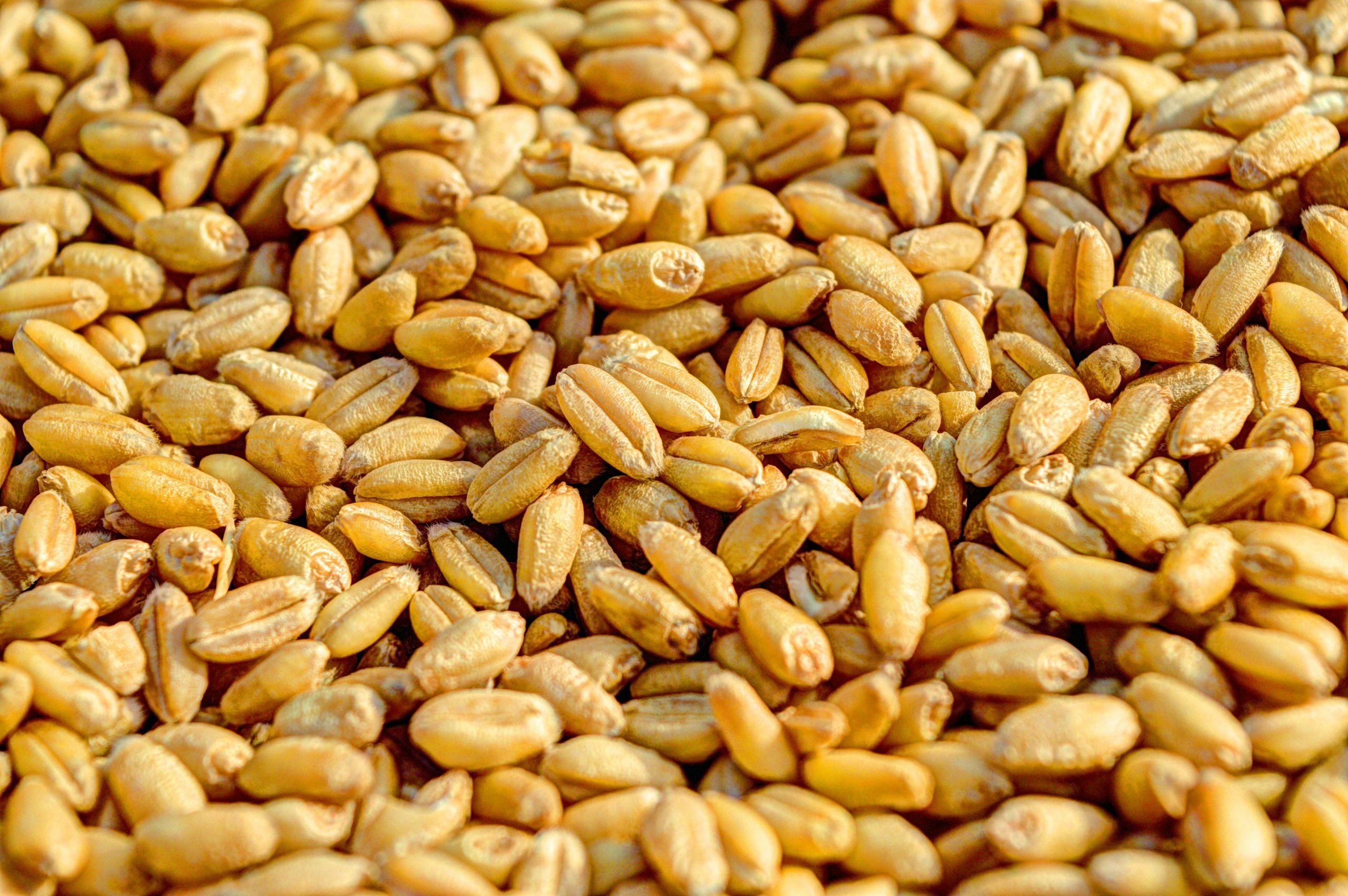Ancient Grains Making a Healthy Comeback Worldwide
Ancient grains, once a staple in the diets of early civilizations, are making a comeback in the modern world. These nutrient-dense crops have been making waves in the health and wellness community, thanks to their numerous health benefits. From quinoa to farro, these ancient grains are being hailed as superfoods for their ability to provide essential nutrients and promote overall well-being. In this article, we will take a closer look at the resurgence of ancient grains and explore why they are making a healthy comeback worldwide.
The History of Ancient Grains
Ancient grains have been around for thousands of years, with some traces dating back to 7000 BC. These grains were a vital source of sustenance for civilizations like the Greeks, Romans, and Egyptians. Grains such as spelt, millet, and amaranth were commonly cultivated and consumed as they were packed with essential nutrients and had a long shelf life. However, with the advent of modern farming practices and the introduction of refined grains, these ancient grains were pushed to the side, and their consumption declined.
The Nutritional Benefits of Ancient Grains
Unlike refined grains, which have the outer layers removed during processing, ancient grains are whole grains. This means they retain all of their essential vitamins, minerals, and fiber. These nutrients provide numerous health benefits, including improved digestion, lower cholesterol levels, and reduced risk of chronic diseases such as diabetes and heart disease. Additionally, many ancient grains are gluten-free, making them a suitable alternative for those with gluten sensitivities or celiac disease.
Quinoa
Quinoa, also known as the ‘Mother of all Grains,’ has been gaining popularity as a superfood in recent years. Native to South America, quinoa is rich in protein, fiber, and various vitamins and minerals, making it a perfect addition to a balanced diet. It also contains all nine essential amino acids, making it a complete protein source, making it an ideal choice for vegetarians and vegans.
Amaranth
Another ancient grain that has been making a comeback is amaranth. This gluten-free grain is packed with essential nutrients, including iron, calcium, and magnesium. It also contains a high amount of protein, fiber, and antioxidants. Amaranth is also rich in lysine, an amino acid often lacking in plant-based diets. Its nutty flavor and versatility make it a popular choice for cooking and baking.
Farro
Farro, a grain commonly consumed in ancient Rome, has gained popularity in recent years due to its high nutritional value. It is a great source of complex carbohydrates, which provide long-lasting energy, making it an excellent choice for athletes and those with active lifestyles. Farro is also rich in fiber, protein, and various vitamins and minerals, making it a highly nutritious grain option.
The Future of Ancient Grains
The resurgence of ancient grains has opened up new markets and opportunities for farmers and producers worldwide. With the demand for natural and wholesome foods on the rise, many companies have started incorporating ancient grains into their products, such as bread, pasta, and snacks. This trend has also led to the revival of farming practices from centuries ago, promoting biodiversity, sustainability, and the production of chemical-free crops.
In conclusion, ancient grains are not only making a comeback in the health and wellness world, but they are also paving the way for a more sustainable and diverse agricultural industry. As more people become aware of the nutritional benefits of these grains, their consumption is expected to continue to rise worldwide. So why not join the ancient grains trend and reap the health benefits while supporting a more sustainable food system?










